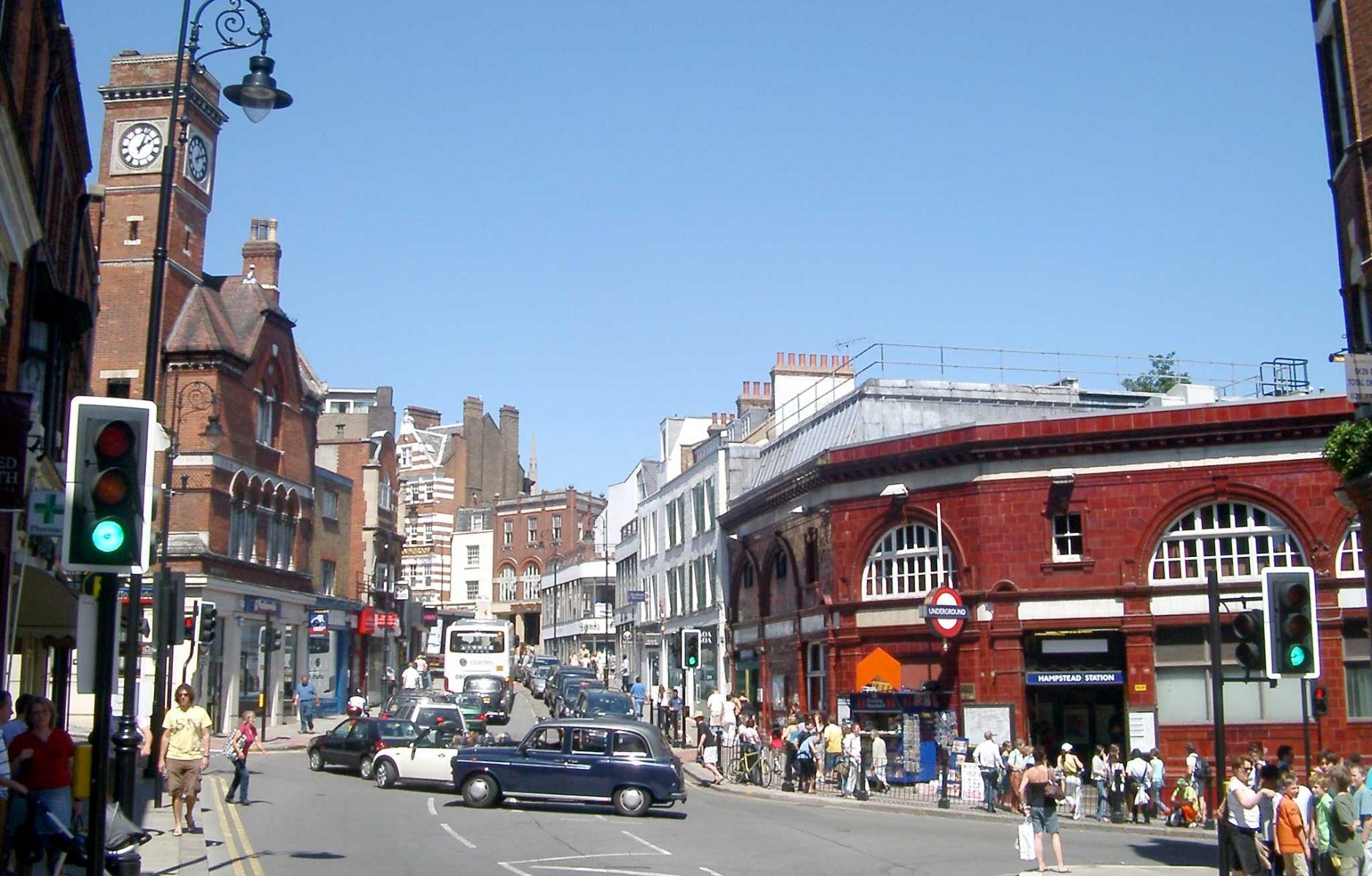
Vital little plans: Jane Jacobs in the age of global capitalism and rent seeking
Jane Jacobs’ seminal book The Death and Life of Great American Cities shaped a generation of designers and activists to think of cities as places of exchange and variety rather than as machines for living. Her later work about economies of cities and of nations was equally challenging to orthodoxy and prescient about the impact of conventional late capitalist thinking.
A positive review by Oliver Wainwright in the Guardian of the recently published collection of her short pieces Vital Little Plans (Random House, 2017) made me think about her work in the context of the dramatic reshaping of our cities by globalized financial capitalism and property investment. The new book brings together writings from the breadth of Jacobs’ career, and reveals that her seemingly separate propositions about neighborhood life, city economies, national wealth and ethics were really a connected effort. The collection also contains a tantalizing glimpse of what was to be her final book, with an essay called the “End of the Plantation Age.”
I found the collection helpful in thinking about how to respond to our current predicament, where successful cities are increasingly the locus of global property investment vehicles, all bent on purveying a standard product to investors and wealthy global citizens. This is a sort of information age variant of the imperial plantation mentality that Jacobs characterizes in the last essay in the book— large scale monocultures planned by experts, such as the urban planning ideology of the late Twentieth Century. In its place she suggests returning to idea of the city as a complex system, and to the idea that the heart of that system is a web of relationships between small merchants and inhabitants.
Jacobs constantly warned against one-size-fits-all solutions. Even in the early days when she cited good examples of urban revival such as in Boston or San Francisco’s waterfronts, she worried formularizing them would deprive them of life. And her thoughts on gentrification also were prescient, noting the beneficial effects of slow paced “gentle” gentrification by artists and small business people and warning that taking the process too quickly results in “the place becoming an exclusive preserve for high-income people.”
Jacobs saw this is as a problem of supply, and argued that encouraging modest gentrification elsewhere could help, as could the careful infill of moderately scaled housing. Ultimately she argued the solution must lie in ownership of neighborhood assets by cooperatives, artists groups, land trusts and nonprofits, to preserve the diversity of the neighborhoods, and ownership of business premises by the businesses themselves. Otherwise success will price out diversity. One has only to look at London high streets and shopping precincts like Hampstead and Kensington with their profusion of chain stores, French children’s fashion boutiques and the like to see this worry come to life.
In 1984, well before Richard Florida began touting city revival through a “creative class” of accountants, media professionals and techies, Jacobs saw the creative city differently, arguing that it was a place where ordinary people could make something out of their hopes, insights and skills. She noted that “small enterprises account for more new jobs than already large enterprises,” calling for cheap, versatile and diverse working spaces. Citing the real benefits of underground economies, she argues for exempting young and small enterprises below a certain threshold from the burdens of tax and licensing.
After all these years, her thinking still contrasts starkly with the usual planning and economic orthodoxy of assembling large sites for master developers and offering large subsidies for large employers, as in the case of Amazon’s recent solicitation to cities for incentives for a second headquarters.
Jane Jacobs was never easily placed on the political spectrum which tends to contain only of three scenarios: the big state, the big and unfettered market, or the big public-private partnership. She was a capitalist with a small “c” and a believer in community organization, though a skeptic about community participation. She saw government as a guardian, not as a provider and certainly not as a standardizer. She favored merchants, not rent seekers, and productive companies rather than financialization. We are in a time of questioning orthodoxies, and perhaps Jacobs’ radical notions can can help address issues like the restructuring of work, the collapse of the globalist ideal, and the commodification of city land for investment.
This article first appeared in Building Design.




